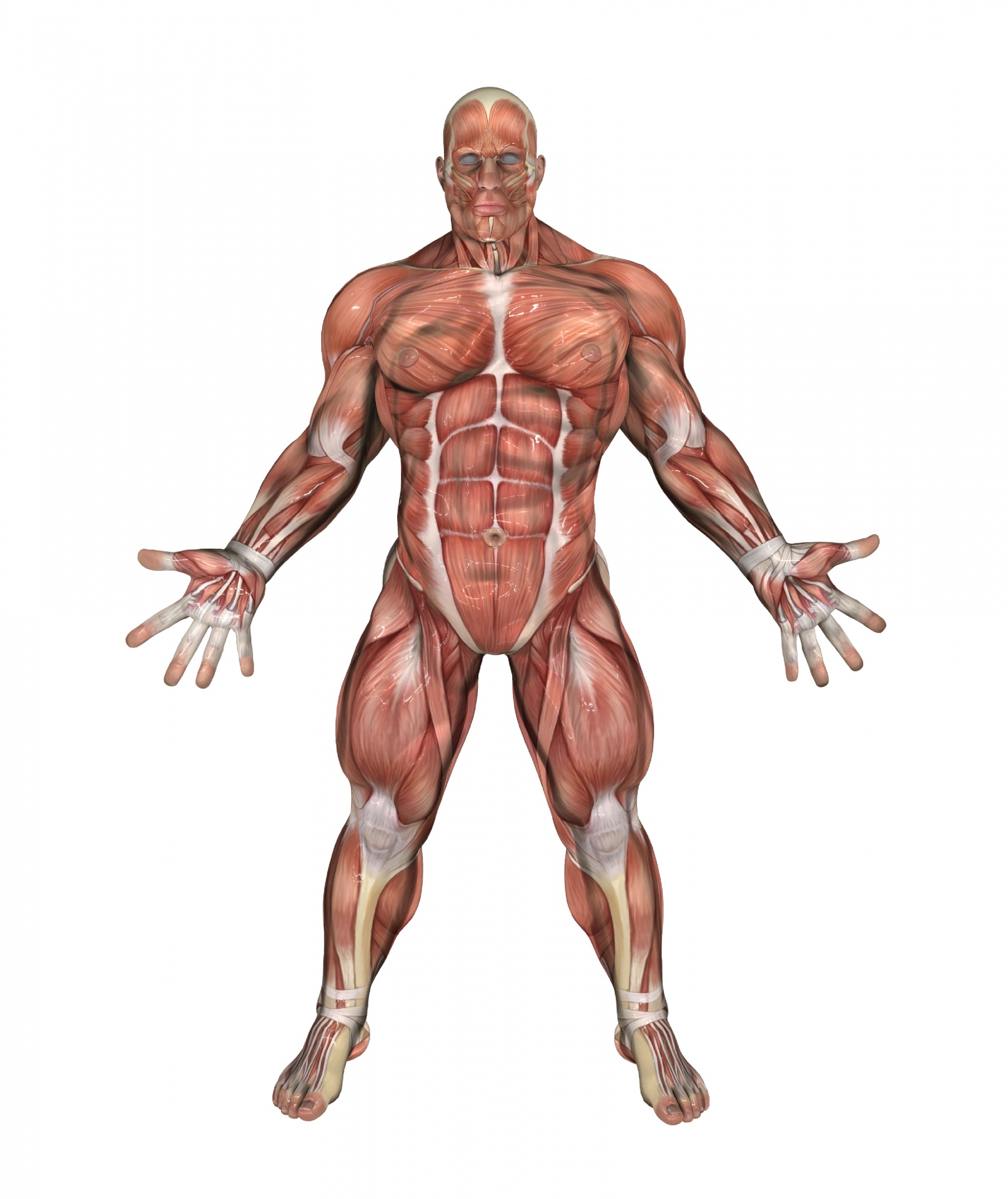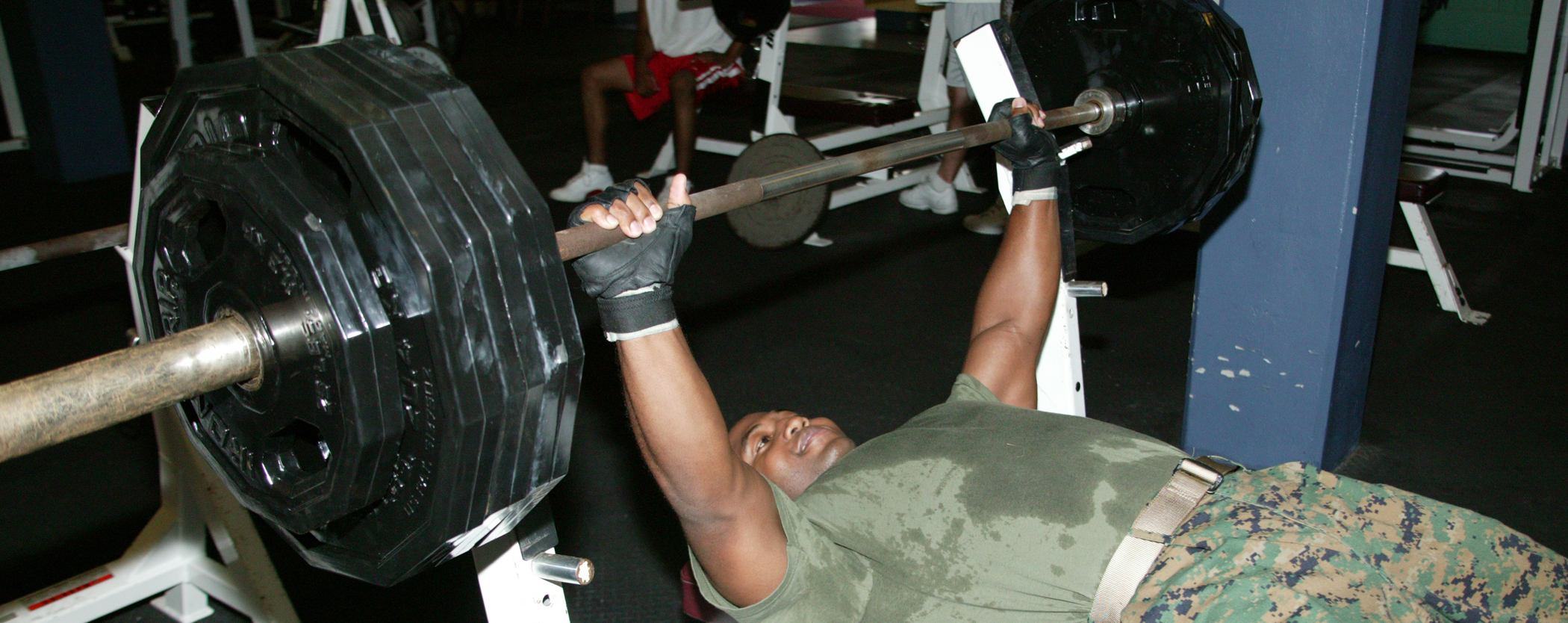KILTED! is a philosophy that I developed to help guide my quest for better health. KILTED! Can be summarized by 7 simple principles that are crucial if you want to make a transformational change in your life. Today move to the third principle: Lift Weights.

Improving your diet (Principle #2) and increasing your activity level or cardio (Principle #4) are the two things most people recommend when they want to give you health or fitness advice. Although not as popular in most people’s minds, most experts will recommend that you also include resistance or strength training, more commonly known as weight lifting. And I have chosen to include it here for more reasons than just that L fits next into the word KILTED!
Strength training is essential for a balanced fitness program. Many people will simply choose to diet as a means of achieving weight loss. Unfortunately, when dieting is not paired with strength training, up to a quarter of weight lost during dieting can come from muscle! This means that dieting can make you weaker and slow your metabolism which can in time hinder further weight loss.
Muscle Basics
So what is muscle? We all basically know that answer, but when considering weight training, it helps to review the basics.
 Muscle is a soft tissue found in animals which is made of cells containing protein filaments which can change the length and shape of the cells (contraction). Muscles are powered by the oxidation of fats and carbohydrates and their contraction in turn produces force and motion. There are three types of muscle tissue: skeletal muscle, smooth muscle, and cardiac muscle.
Muscle is a soft tissue found in animals which is made of cells containing protein filaments which can change the length and shape of the cells (contraction). Muscles are powered by the oxidation of fats and carbohydrates and their contraction in turn produces force and motion. There are three types of muscle tissue: skeletal muscle, smooth muscle, and cardiac muscle.
Smooth muscle makes up the walls of organs such as the stomach, esophagus, intestines, bronchi, and the blood vessels. Smooth muscle aids in the functioning of these organs (circulation, breathing, and digestion) but can’t be consciously controlled by the individual. Cardiac muscle is the muscle found in the heart which is in appearance more like skeletal muscle, but like smooth muscle is not under conscious control.
Skeletal muscle is attached to the skeleton by tendons and is used to for locomotion (movement) and maintaining posture. These muscles generally react to conscious control of the individual, although posture is more of an unconscious reflex. Skeletal muscle can be further classified as slow twitch or fast twitch muscle. Slow twitch muscle is dense and filled with capillaries. They can contract for long periods of activity but produce low force and are the muscles which can sustain aerobic activity using fats and carbohydrates for fuel. Fast twitch fibers contract quickly and with great force, but they fatigue rapidly. They are the primary factor in muscle strength and as such have the greatest potential for increasing in mass.
In other words, slow twitch fibers are the marathon muscle fibers and slow twitch fibers are the sprinting fibers.
Burning Energy
Even though the amounts may be inconsequential at times, your muscles burn energy constantly. Even while breathing or standing still they are converting your energy stores into motion.
Aerobic exercise, like walking and swimming, involves low-level exertion (below 50% of their maximum ability) over an extended time. Your slow twitch muscle fibers consume a combination of fat, protein, and carbohydrates along with large amounts of oxygen to power through aerobic activity. Conversely, it is your fast twitch muscle fibers which power anaerobic activities, like sprinting or weight lifting, at or near maximum contraction capacity. These activities burn glucose (processed carbohydrates) for fuel while consuming little oxygen, protein, or fat. Your muscles naturally store a small amount of glucose for immediate use when needed and can produce more quickly. However, this quick production creates lactic acid as a by-product which creates muscle fatigue. Thus, anaerobic activity can’t be maintained for long periods like aerobic activities.
Sources vary in how many calories muscle burns. In fact, any amount of research will find sources that claim that a pound of muscle burns 5-6 calories per day, others which claim 13-17 calories, and still more which claim 30-50 calories per day. Many sources disagree vehemently with each other, often spending more space refuting other claims than proving their own.
Some of the high end claims I have heard suggest that gaining 5 pounds of muscle will burn an extra 50 pounds of fat per year without any increase in activity level. Even on the conservative end of that spectrum, 5 pounds of muscle would burn an extra 25-35 calories per day which would come out to 3 pounds of fat loss per year, just by doing nothing extra. So, more muscle is better.
How many calories does a pound of muscle burn in a day? I am not an expert in this matter, and frankly I don’t know what sources to believe and which not to believe. So, I will tell that (unless you’re counting calories – which you shouldn’t – see Weight Loss Traps for why) the exact number of calories a pound of muscles burns is irrelevant. The important point is that after gaining a pound of muscle you will burn more calories than you would without it. So, once again, more muscle is better.
Better yet, weight lifting not only burns calories during the workout, but can still be burning calories three to four hours after your workout is over.
Building Muscle
Now that we have a better understanding of how muscles work and how they use and process energy, it’s time to begin looking at how to begin strengthening or building muscles. We’re not yet to the point that we’ll be talking about specific exercise routines, but beginning with the basic concepts of weight training.
Quality over Quantity
Good technique is more important for the beginner than heavy lifting. The amount of weight you should lift depends on your base strength and experience. A good rule of thumb is that it should be enough weight to provide resistance, but not so much as to cause strain or injury. When in doubt, start low – you can always add more weight to the bar on the next set, but once you’re injured trying to lift too much, healing will take time.
Getting FITT
The cornerstone of any fitness program is the FITT principle which stands for Frequency, Intensity, Time, and Type. It refers to the balance of the number of times you exercise, how many times you perform each exercise, the length of your workout and which exercises you perform. Common recommendations for weight lifting, especially for beginners, are that you should lift 3 times per week working on 10-12 exercises in a period not exceeding an hour and allowing 24-48 hours before working the same group of muscles again. If you wish to work out more often, try alternating 3 upper body days and 3 lower body days.
Gradual Progressive Overload
The concept of GPO states that, to gain any significant benefit, your body must receive Overload – a stimuli greater than that which it is used to. To provide your muscles with overload, you must increase at least one of the frequency (more often), intensity (more weight), or duration (more reps) of your lifting. But before you jump in, the Gradual Progression part of GPO guides you to increase the overload gradually – add only 5-10 pounds at a time, or increase by 2-3 reps each time.
Adaptation
If you implement FITT and GPO into your work out, your body will adapt to the increased demands with increased strength. You can expect to see an increase in muscle size and improved strength and endurance. Your bones will grow stronger too and you will burn more fat. The only caveat is that only the parts of your body you work will improve, so if you only work your arms, your legs won’t automatically adapt to the stimuli your arms receive. Make sure you have a well-rounded lifting plan.
Recovery
If you are sufficiently overloading your muscles at a regular frequency, your body will need breaks to recover. If your goal is endurance, short breaks between are best but if your goal is strength, longer breaks will be necessary. You will also need sufficient breaks between lifting sessions, and the previously stated 24-48 hours should be good for most purposes. But how do you know how much time you really need? A good rule of thumb is that if the quality of your workouts is not increasing over time, you are not allowing yourself enough recovery time.

Your Goals and Anticipated Outcomes
There’s an old saying used to promote strength training that goes something like “a pound of muscle weighs less than a pound of fat.” This statement is factually untrue since a pound of anything weighs exactly one pound. However, the sentiment of the original lies in that muscle is denser by volume than fat. Therefore, a pound of muscle takes up less space under your skin and will give you a leaner look – which is what many of us are looking for, especially if we are pursuing weight training as part of a weight loss plan.
Although weight training is essentially the same, regardless of your desired outcome, this is the time when you need to ask yourself what you are hoping to achieve with strength training. I have outlined below four different styles of weight training that will produce different outcomes and, although they will use many of the same techniques, your desired outcomes will require different approach in designing your workout plan.
Health Training
This kind of training is for those whose main goal is to add muscle for the health benefits that come along with increased muscle mass. You should focus 10-12 key exercises which will lead to all around muscle development. Gradually increase either the weight you lift or the number of reps you complete in each set and the benefits will come.
Athletic Training
Maybe you are an aspiring athlete or possibly a former high school or collegiate athlete trying to recapture the fitness level you had when you were playing. In addition to a general program of lifting, your strength training will be targeted towards the muscles used in your sport and perhaps even for your specific position. You will also perform specific activities which mimic those you use in your chosen sport, such as sprinting for baseball and blocking sleds for football. If this describes you, be on the lookout for guest posts from the Kilted Wife, because she falls solidly in this category.
Body Building
If your goal is to look “cut” and show off a six pack, then body building is for you. You will need to have a well-rounded weight lifting routine which works all muscle groups evenly since muscle mass and definition are the keys in professional body building. You won’t focus on the maximum amount you can lift, but more on keeping a high number of reps with the weight you do lift. Be ready to focus just as much (maybe up to 80%) on diet, because the key to body building is slimming down and reducing body fat as much as possible – after all, you can’t show off muscle definition with a healthy layer of fat in the way.
Power Lifting
Where body builders are concerned with building muscle for aesthetic purposes, power lifters or strongmen are concerned with functional strength. Their goal is to lift their maximum weight for few or even a single rep. They are just as concerned with packing on mass as the bodybuilder is, but they don’t care as much about fat loss. Competition power lifters focus on three exercises: the squat, the bench press and the dead lift. Strongmen (like those of the World’s Strongest Man competition or Highland Athletes) will also focus on additional strength events like throwing weights for height or distance, various carries in the WSM or the caber toss.
Whether your goal is to become a professional strongman or just to become a healthier version of yourself, weight lifting should become an essential part of your fitness plan.
Be sure to read all 7 of the KILTED! Principles and don’t miss Get KILTED! for more related links:
Principle #1 – Kill Excuses
Principle #2 – Improve Diet
Principle #3 – Lift Weights
Principle #4 – Trek Out
Principle #5 – Expand Knowledge
Principle #6 – Don’t Quit
Principle #7 – Get Excited
